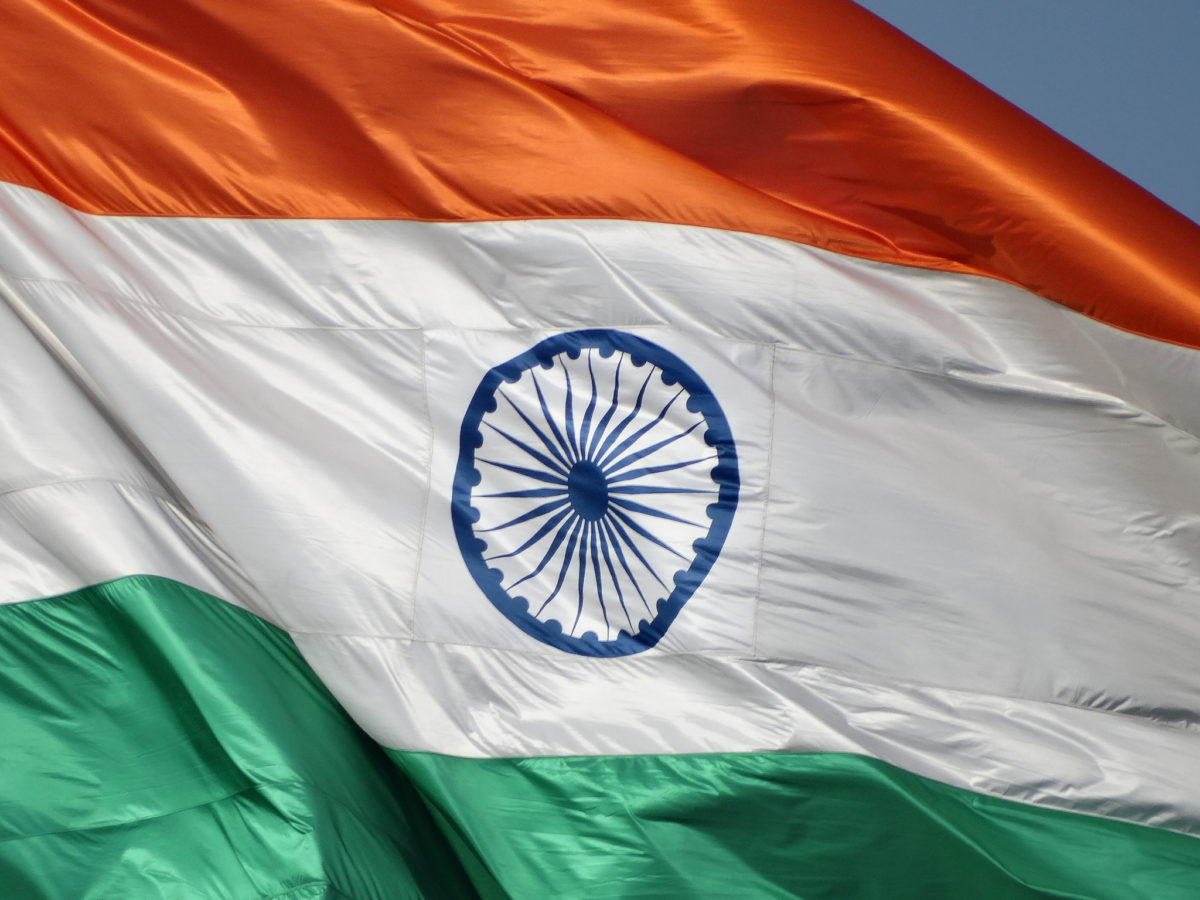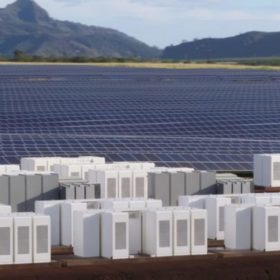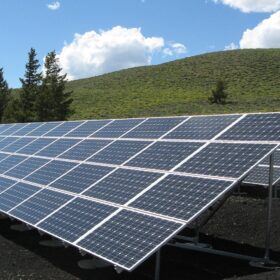As India aims for 523 GW of renewable energy by 2030, the country’s Central Electricity Authority projects that it would need to deploy 34 GW/136 GWh of battery energy storage systems (BESS) to help balance the grid.
However, deploying BESS at this scale and speed brings associated learning-by-doing costs and integration risks for the country which commissioned its largest operational BESS of 10 MWh facility as recently as February this year—according to a report by Institute for Energy Economics and Financial Analysis (IEEFA).
In such a scenario, IEEFA recommends a lower-risk, multi-technology firming solution that focuses not just on storage (pumped hydro storage, utility scale and distributed batteries) but also on grid connectivity enhancements (both interstate and international), demand response management, new chemical stores (like hydrogen) and greater diversity of generation sources including gas peaking plants, faster ramping coal-fired power, hybrid projects and even solar thermal with storage.
Time-of-day pricing or differential pricing at peak periods will also help to incentivise capital markets to invest in on-demand peaking capacity, according to IEEFA.
The current pricing system in India is a largely flat tariff providing little incentive for network or consumer efficiency through load smoothing. If India took into account the different categories and types of energy demand, and the variations in supply and costs of service, it would likely bring efficiency gains from differential pricing at peak periods.
The IEEFA report entitled “Flexing India’s Energy System Through Market Mechanisms” looks at the strategies for a more technology-agnostic approach of other leading markets with a high and rising share of variable renewable energy penetration, taking examples from Germany, California and Australia as being highly applicable for India as well.
According to Tim Buckley, co-author of the report and director of energy finance studies at IEEFA, “rapid renewables transition happening across the country requires a number of initiatives being employed in tandem to ensure the increased penetration of cheaper cleaner renewable energy.”
“With energy transition comes investment and implementation risks, but the government of India can address these with consistent policy settings that incentivise the necessary investment in various storage technologies and continued modernisation and expansion of the nation grid structure,” Buckley added.
“India is taking a global leadership role in building a low-emissions, least-cost electricity system of the future, leapfrogging now outdated technologies,” stated IEEFA’s co-author and energy economist Vibhuti Garg.
“Plans for 523 GW of renewable energy by 2030 and concurrent targets for 34 GW/136 GWh of battery storage are impressive and world leading. The implementation plan will also serve to enhance India’s energy security by reducing over-reliance on expensive imported fossil fuels,” she added.
However, “while batteries are likely to play a key balancing role as variable renewable energy penetration increases, these should not be considered the silver bullet solution as they are unlikely to be employed fast enough to achieve the ambitious renewable target to 2030,” the authors said.
This content is protected by copyright and may not be reused. If you want to cooperate with us and would like to reuse some of our content, please contact: editors@pv-magazine.com.









By submitting this form you agree to pv magazine using your data for the purposes of publishing your comment.
Your personal data will only be disclosed or otherwise transmitted to third parties for the purposes of spam filtering or if this is necessary for technical maintenance of the website. Any other transfer to third parties will not take place unless this is justified on the basis of applicable data protection regulations or if pv magazine is legally obliged to do so.
You may revoke this consent at any time with effect for the future, in which case your personal data will be deleted immediately. Otherwise, your data will be deleted if pv magazine has processed your request or the purpose of data storage is fulfilled.
Further information on data privacy can be found in our Data Protection Policy.